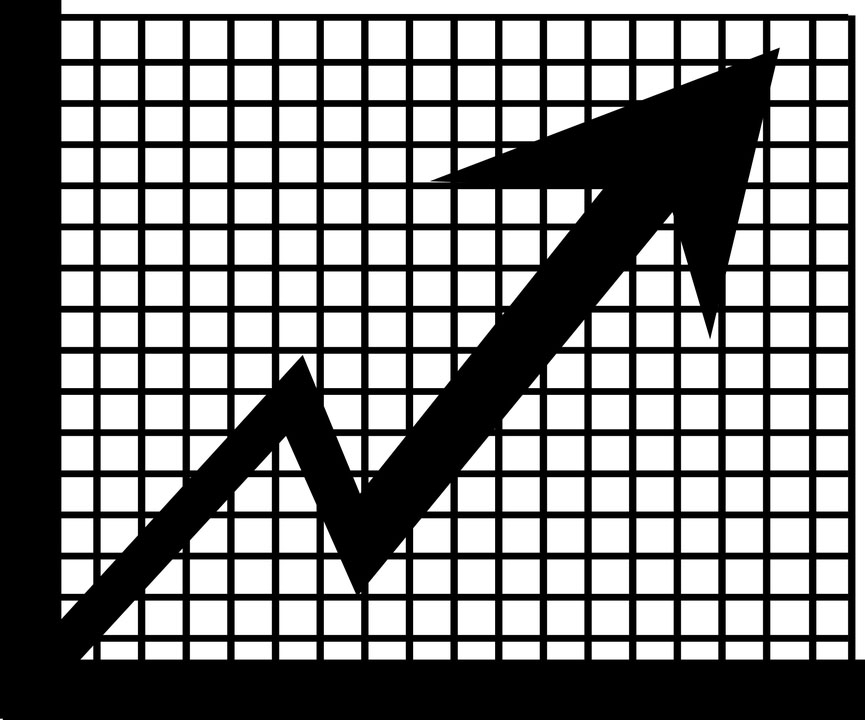New Delhi, Oct 4 (IANS) India along with Indonesia and Philippines will be among the best placed economies in Asia as the region transitions from below-trend growth to a new "Goldilocks" phase in 2021. According to US financial services house, Morgan Stanley this "Goldilocks" phase will be a combination of accelerating and above-trend growth, rising-to-trend inflation, and "big easy" policy. Such macroeconomic trends would be somewhat reminiscent of 2003/04, 2005/07, 2009/10, and 2015/18, a favourable backdrop for Asia ex Japan. In 2020, North Asia (China, Taiwan and Korea) has outperformed the rest of Asia ex Japan on growth, as they were first in, first out, owing to an effective Covid-19 institutional response. In 2021, this growth divergence is likely to narrow as growth in the rest of the region catches up. "Indeed, we think India, Indonesia, and the Philippines look better placed in this "Goldilocks" environment. They benefit most from the Fed's AIT given their savings deficit. Vaccine availability would also go further in reducing risk aversion. Their higher structural growth and the potential for them to be relative beneficiaries from supply chain relocation could also enable them to take bigger strides in the recovery path", Morgan Stanley said. "We expect 2021 to show the overall Asia ex Japan growth recovery being sustained and accelerating above-trend, amid a combination of sequential growth and low base effects", it added. In 2020, North Asia economies (mainly China, Taiwan and Korea) have outperformed the rest of AxJ on the growth front. They are mostly first in, first out from the Covid-19 malaise, owing to an effective institutional response to the public health challenges. "In Asia ex Japan , we think India, Indonesia, and the Philippines form the group that looks better placed in 2021 in this "Goldilocks" environment", the research said. These economies will benefit from Fed actions as the Fed's AIT framework is of greater benefit to those economies that have had to keep real rates high given the savings deficit at home, by delaying the start of policy rate normalization. Indeed, it extends the liquidity runway for economies where liquidity has historically been a constraint for growth. "In other words, the Fed's AIT framework benefits India, Indonesia, and the Philippines more because they run a current account deficit and are dependent on external funding. This compares to the rest of AxJ, which mostly runs current account surpluses", it said. These will also benefit more from vaccine availability as these have lagged in Covid-19 containment. The institutional responses to contain Covid-19 have been less effective in India, Indonesia, and the Philippines, so the potential for vaccine availability in 4Q20 and 1Q21 could go further in improving mobility and risk aversion by consumers and companies for these economies, compared to other parts of Asia ex Japan, it said. India, Indonesia, and the Philippines also have higher structural growth rates that would enable them to take larger strides on the recovery path once the growth obstacles are removed. "To that end, we note these economies are potentially relative beneficiaries of supply-chain relocation from the medium-term deglobalisation trends", Morgan Stanley said. The report says the biggest pushback on the recovery front comes in India, Indonesia, and the Philippines, as the number of daily Covid-19 cases remain elevated. The market's argument there is that if Covid-19 has affected lower-income households more than higher-income households, wouldn't the same apply to economies with lower GDP per capita, given the challenges on medical preparedness and institutional response to deal with Covid-19. Besides, the lower income levels and hence lower savings also suggest lesser scope for pent-up demand to drive recovery. "However, we beg to differ. Although daily new cases have stayed elevated, selective economic reopening in areas/communities where the Covid-19 situation have been better controlled have enabled growth momentum to bottom out. Indeed, in India, weekly passenger vehicle registration and weekly power demand have already recovered from the deep 27% YoY decline and returned to positive growth territory", it added. India has currently three vaccine candidates for COVID-19: Covishield (developed by Oxford University and manufactured jointly by the Serum Institute of India (SII) and the BritishSwedish drugmaker AstraZeneca), Bharat Biotech's Covaxin (jointly developed with the Indian Council of Medical Research), and ZycovD by Zydus Cadila. The three vaccine candidates in India are in different phases of clinical study, with Covishield in Phase 3 and the other two in Phase 2 trials. SII has commented that it aims to launch Covishield by the end of 2020 subject to successful Phase 3 trials and registration with the regulators, and make it available to the general public in 1Q21, while Zydus Cadila and Bharat Biotech have stated that they aim to launch their respective vaccines by next year, the report said.
India looks better placed in 2021 in the 'Goldilocks' environment
- by Rinku
- October 04, 2020 2 minutes

Growth chart. (File Photo: IANS)











